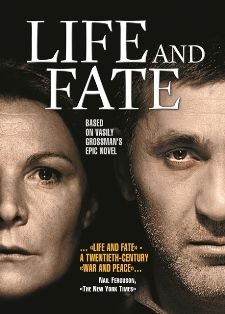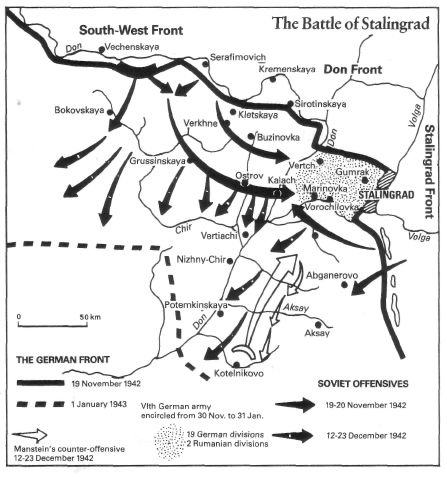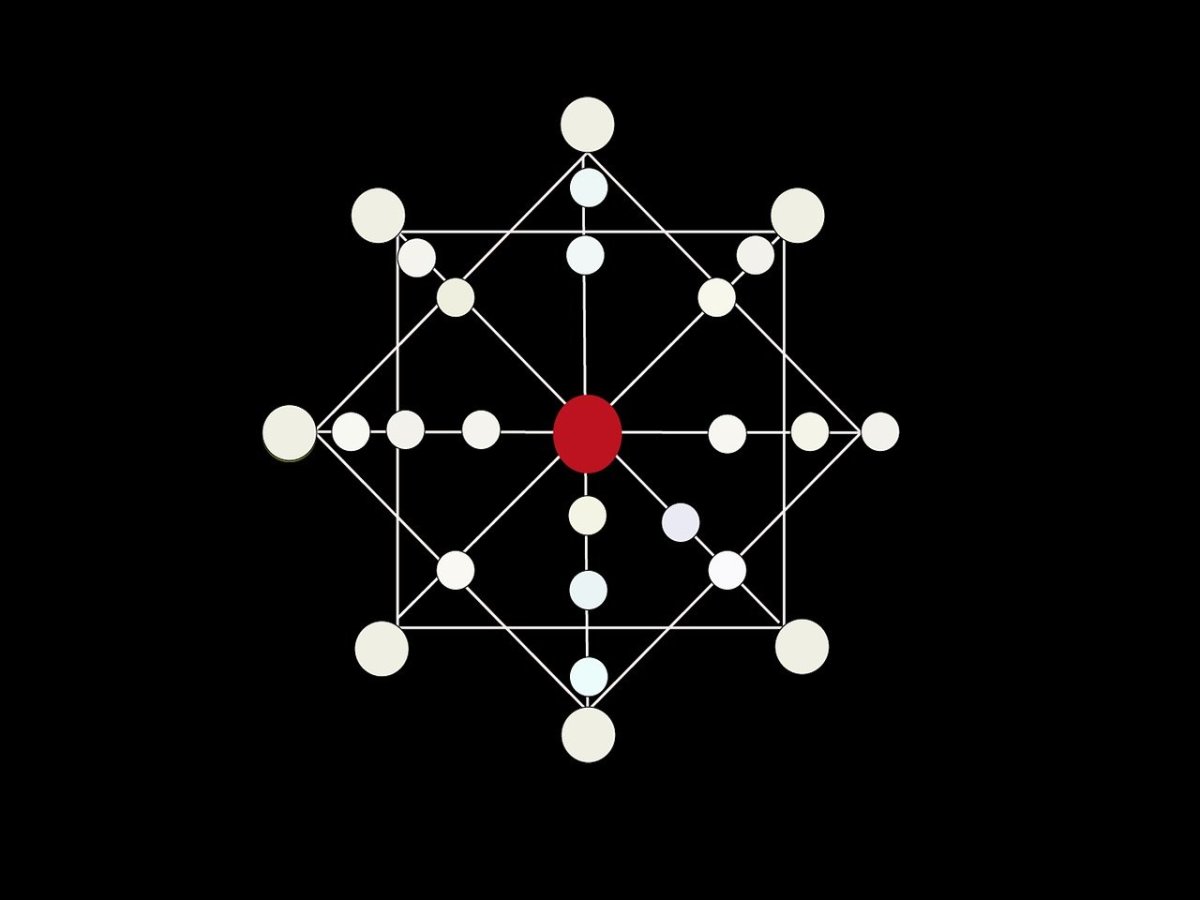

This is the voice of Anna Semyonovna Shtrum, writing her last letter to her son Viktor, in Vasily Grossman’s epic novel Life and Fate. … Meanwhile the Germans burst into people’s houses and steal sentries amuse themselves by shooting children from behind the barbed wire and more and more people confirm that any day now our fate will be decided. But just imagine-I still go on seeing patients and saying, “Now bathe your eye regularly with the lotion and it will be better in two or three weeks.” I’m taking care of one old man whose cataract it will be possible to remove in six months or a year. Our turn will come in a week or two, according to plan. Jewish burial mounds are rising up in all the villages round about.

These men are set to dig ditches and two or three days later the Jewish population is marched to these ditches and shot. The Germans and Ukrainian police drive up and recruit a few dozen men for field-work. The Germans are killing all the Jews in the district, children and old men included. There are two women here from a shtetl and they tell the same story as my friend did. It’s impossible to say whether that’s wise or foolish-it’s just the way people are. People carry on, Vitya, as though their whole life lies ahead of them. And as members of an advanced industrial society, we are compelled by the image of the gas chamber, which writers since Hannah Arendt have made the central emblem of the Holocaust-the ultimate reduction of human life to inanimate matter. As city dwellers, our imaginations are compelled by Anne Frank’s experience of hiding out in a crowded apartment, invisible in the multitude.


As Americans, we respond to stories of assimilated Western European Jews who are gradually shut out of their country’s life, like that of the German diarist Victor Klemperer. Inevitably, however, we tend to create a generic Holocaust narrative out of the tales we hear most often, and find most easy to identify with. All these stories had a similar ending-but then, so do all human stories, and the monotony of death does not annul the immense multiplicity of life. The 6 million Jews murdered by the Nazis came from every part of Europe, from every social class and profession and age group, from every point on the spectrum of Jewish life between militant atheism and traditional piety. WRITING THE STORY of the Holocaust is a futile ambition-not because the events of 1939 to 1945 are too horrible to be told, but because they are too various to be compressed into one definitive or representative story.


 0 kommentar(er)
0 kommentar(er)
